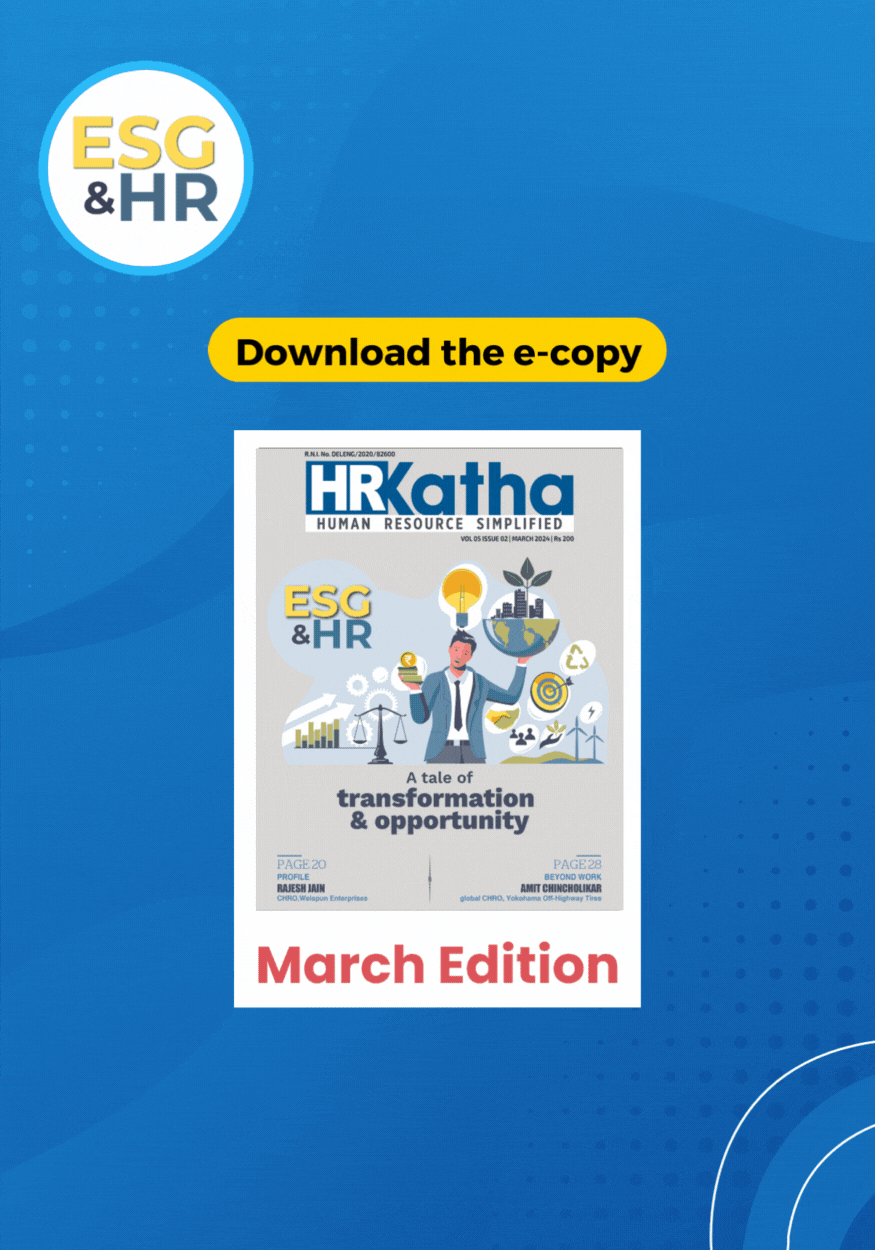Organisations continue to develop technology-based networks to promote the sharing of knowledge and innovative thinking. The ability to communicate easily with each other allows one to get ahead of competitors. In reality, most business owners depend on technology to communicate with their employees, both in and around the office. This level of collaboration allows workers to maintain a better work-life balance.
Using technology in the workplace will continue to enable organisations to communicate efficiently with their employees. Technology can also help organisations grow quickly and efficiently. Engaged workers are more productive, customer-focused and loyal, and organisations with high employee engagement rates are more successful, according to many studies over the past two decades.
In 2015, a Gallup Study Poll found out that only about 30 per cent of employees admitted to being fully engaged. Half of the employees said that they did not feel engaged and 20 per cent of employees said they were deliberately disengaged. This is a significant workplace problem.
What does employee engagement mean?
Employee engagement is not just about company cars, big salaries, or high-class benefits. It is a measurement of how the workforce is emotionally involved in the organisation. Engaged employees do not merely want a salary, but they genuinely want the organisation to grow.
It is a huge challenge to improve employee engagement in today’s world. Employees feel engaged when they feel that they are a part of the company and appreciated by others. Today, most business owners have modern tools and applications at their fingertips to engage and encourage their team members.
What is the role of technology in employee engagement?
Some organisations hesitate to issue new devices, such as phones, laptops, smart devices and so on, to their employees. They believe that such things tend to hamper productivity as they take up the employees’ time with games, such as PUBG, Candy Crush, and many more. However, this is not true, because if employees make up their minds not to work, they will find a way to avoid work, even if they do not possess these tools.
Lack of employee appreciation is the main reason that the people in the US quit their jobs. A survey conducted by Aberdeen Group found that nearly 15 per cent of the companies have HR managers with appropriate tools for employee recognition.
Let us take a look at the six most relevant and useful ways to boost employee engagement by using technology at the workplace.
1. Collaboration
One of the most crucial strategies for communicating in the workplace is through collaboration. To bring people together successful communication is the easiest way to get people engaged in work, using technologies in the organisation.
For instance, the use of collaboration tools for project analysis, to manage tasks quickly, and to work together in general, will lead to creating a sense of communication and improving teamwork among the employees. The joint efforts enable departments to distinguish between priorities, goals and deadlines for project management. When everyone works together as a team, they feel more satisfied. Online chat platforms, such as Skype and Whatsapp can positively impact the feeling of satisfaction.
2. Peer-to-Peer (P2P) recognition
Smart organisations have begun peer-to-peer (P2P) recognition to improve their employee engagement. According to the Canadian Incentive and Rewards Trends Study, 2015, more than 43 per cent of all workers in most organisations are unhappy with their jobs, as they feel they have not been recognised for the work they have done or for what they can do. When these feelings continue for extended periods, the organisation will face problems with employees’ work performance and productivity getting worse by the day.
Moreover, with the addition of a few more recent P2P platforms, you can motivate the employees to support each other, eventually leading to a productive workplace. This method also works for those employees who have problems with the management or their managers. Although this may be difficult for older generations to understand, it is crucial to work with generations X, Y, and Z as well as millennials because they always seek recognition.
3. Gamification techniques
It is shocking how gamification has become so popular over the last few years. Gamification refers to the way a job process is turned into a game. This technology improves employee engagement and allows the workers to have fun at the workplace, and enhance their social networks while they are working. People want to compete naturally, and you will find workers laughing and competing with each other if there is a fun and observable way of doing it.
Gamification can help with employee training, especially with millennials or Gen Z, as these apps enable new generations to learn new skills and manage expectations. According to the results from a TalentLMS survey, nearly 80 per cent of students and corporate learners claim that if their working environment felt more like a game, they would be more productive.
4. Mobile learning
Mobile learning and online learning has changed the expectations of employees. This method will not end quickly with Gen Z on the forefront and ready to join the workforce. The new generation manages their hobbies, personal interests, balancing work and life, education and family.
Employees can take training trained anytime and from anywhere they want to. Mobile is the inevitable technology without which people cannot live, and we use this type of training to enhance flexibility in work and promote enthusiasm for learning.
People never want to bring their jobs home, but it is unavoidable. When people find their jobs more flexible, they can complete their mobile learning at home or anywhere. Tech in the workplace, particularly mobile technology, is one of the best ways to increase employee engagement.
5. Social-media engagement in the workplace
By using technology, social interaction may lead to developing relationships between employers and their employees. There is also a strong chance for the growth of the company’s brand and image if the employees are engaged on social media.
Employees will actively support their organisation by posting feedbacks and opinions about the organisation, its initiatives and promotions in the future. Such activities will also help organisations reach out to new clients. Through social-media engagement, employees can even help their employers find the latest information on competitive business products or services.
6. Technological freedom
Another great way to make workers feel enthusiastic about working at the organisation is to encourage them to implement new working methods and use them. Today’s workforce belongs to the generation of smartphones. Employees are clinging to various devices—smartphones, laptops, and tablets — whether at home or at work,
Therefore, sometimes, employees should be allowed to use their software and systems so that they get even more comfortable with what they do. The new generation of employees works more efficiently if they are permitted to use mobile devices instead of laptops or desktops. Nowadays, millennials are the largest group of employees in every organisation, and cannot do without their devices. Therefore, it is best to allow them to use them!
These are the six most popular ways of boosting employee engagement at the workplace, by using technology. What are the latest technologies that your organisation is using to increase employee engagement? Let us know in the comments section below.
This article is written by Rashmi Rekha Deka, a content marketer at Vantage Circle. She likes to keep herself informed about the happenings in the HR world and write about topics surrounding organisational growth.
Value our content... contribute towards our growth. Even a small contribution a month would be of great help for us.
Since eight years, we have been serving the industry through daily news and stories. Our content is free for all and we plan to keep it that way.
Support HRKatha. Pay Here (All it takes is a minute)



































